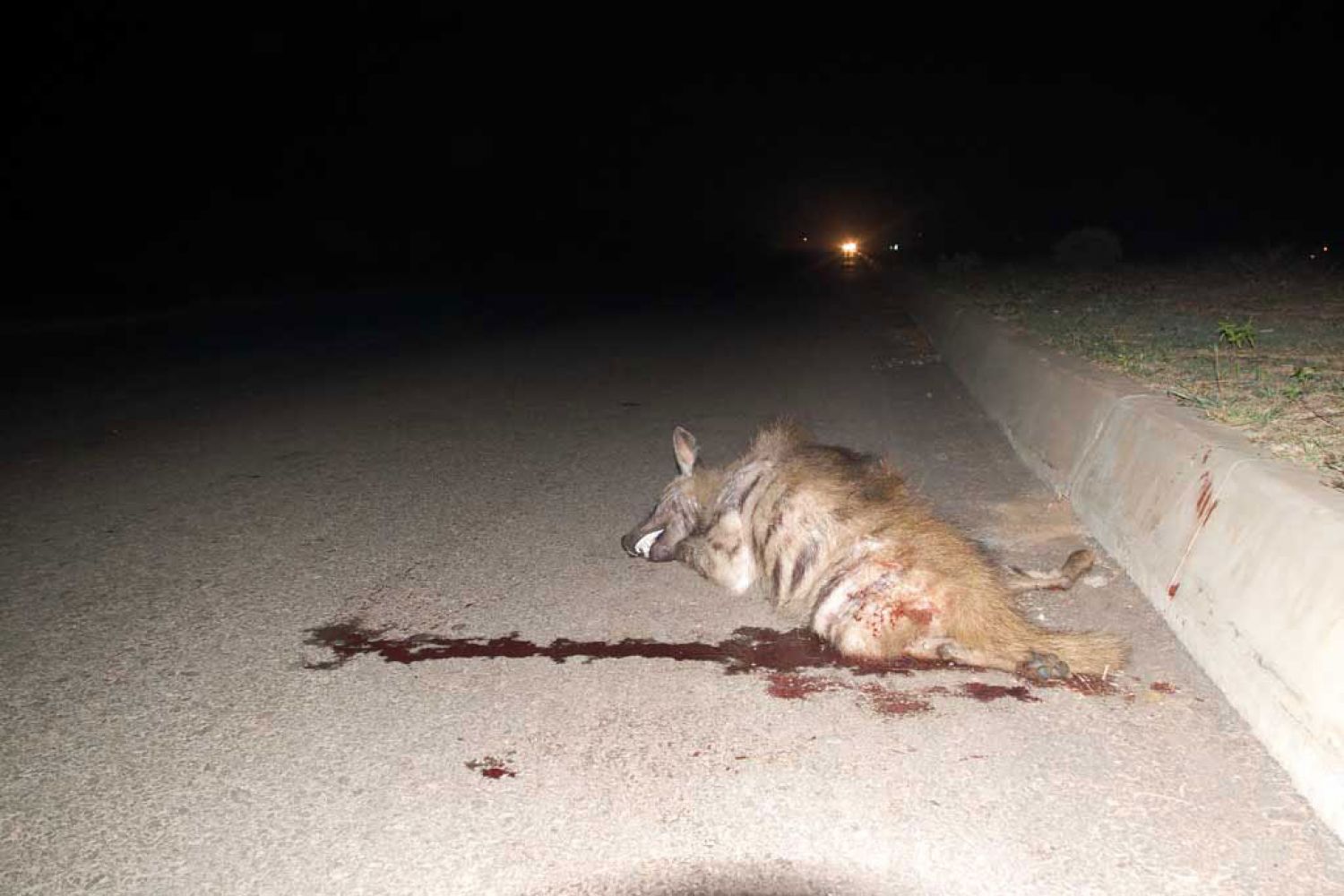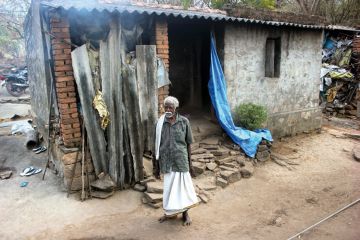
The best thing you
could do for the Amazon is to bomb all the roads. —Eneas Salati
I crouched, almost
flat on the ground, to take a wide-angle photograph of the snake, crushed under
a vehicle on the road that cuts through the montane grasslands and tropical
rainforests of Kudremukh National Park in Karnataka. That achieved, I went
round the other way, grasping the snake by its tail to place it off the road
and in the forest, in a bid to give it some dignity in death. That’





